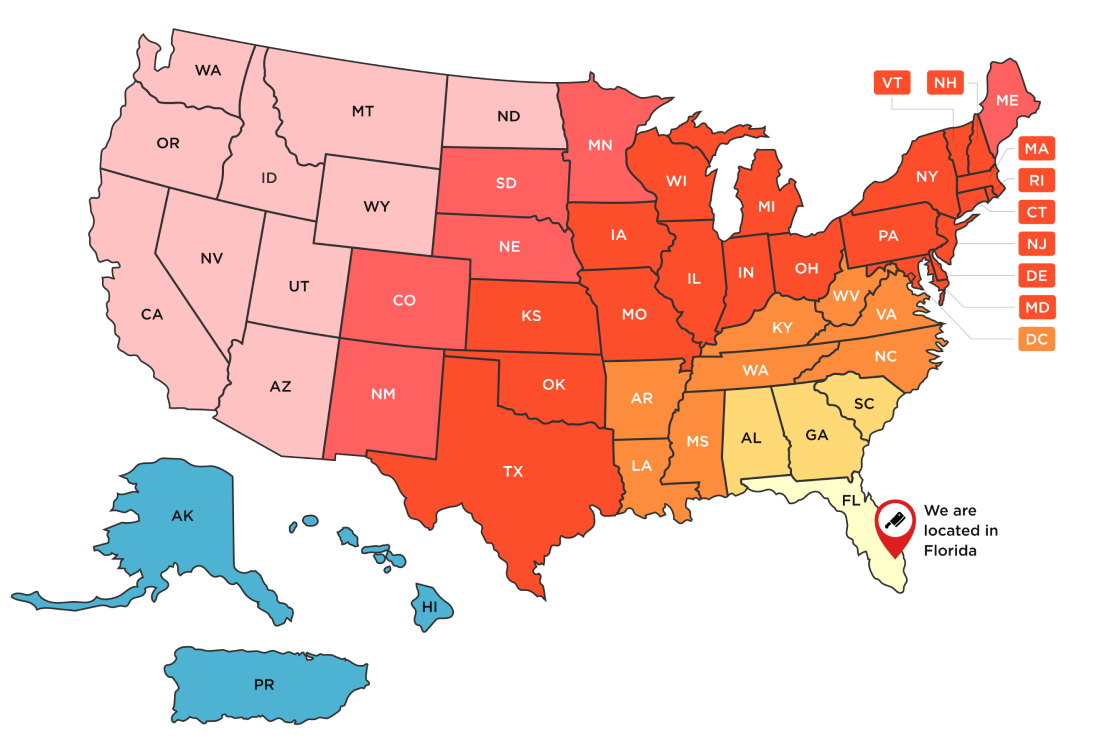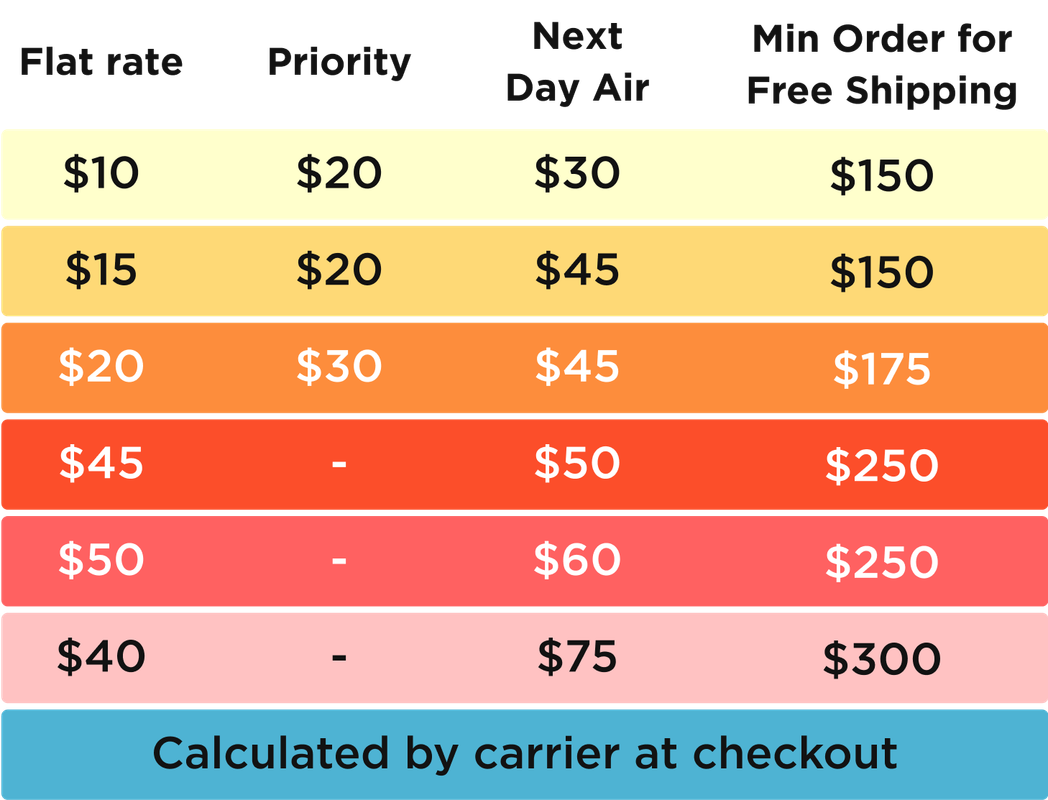
Chicken 101: Why High Quality Chicken Is Worth The Premium
Beef lovers know the ins and outs of beef. We can tell a good piece of beef from a not so good piece of beef just by looking at it. We know that not all USDA Choice is equal and that for certain cuts and occasions, it is definitely worth it to pay for Prime, Prime+ or Wagyu beef (as long as you can afford it). And yet, when it comes to chicken, we are usually clueless.
All major Meat Purveyors focus on high quality pig, lamb, and beef, but it seems everyone ignores chicken. Chicken is cheap and it is not sexy. Nobody really seems to care or wants to care but we're here to inform you that you should. We all assume all chicken is raised equal, but it isn't.
6 Important Facts To Know About Chicken

1. Chicken Is Graded By The USDA
Chicken is graded by the USDA, but the grading is pretty much useless.
You may have heard that unlike beef, chicken is not graded. That is false. Chicken is graded, but the grading is not as good as the labeling for beef.
Chicken is Graded A, B or C. It is very unlikely you will see anything but Grade A chicken at the retail level.
So it is up to independent third parties and customers to decide what chicken is high quality and what chicken isn't.

2. All Chicken is Hormone Free
Hormone-free is nothing but marketing (yes, we are guilty of using it because people want to see it and intentionally look for 'hormone-free chicken').
When you see a "hormone free label" it makes it feel like that particular chicken is healthier and more natural than other options even though it's probably not. The FDA hasn't approved the use of hormones for raising any type of birds (or pigs) that will be used for food, so the hormone-free label is completely unnecessary. All chicken legally sold in the US is hormone-free.

3. Whether Antibiotics Have Been Used Does Matter
On the other hand, whether antibiotics have been used does matter as they ARE legal and can be added to Poultry.
Are antibiotics bad? Not necessarily.
The FDA and CDC blame antibiotic use in farm animals as a reason for increased human resistance to the drug, but there have yet to be any regulations set by the FDA about their use. At Meat N' Bone, we choose to sell antibiotic-free chicken because we believe that if we can avoid consuming unnecessary antibiotics, well, that's better for everyone involved.

4. Organic Chicken May Not Be Worth The Premium
If you compare organic chicken vs your average non-organic chicken, it definitely is worth it. The organic label guarantees certain standards.
However, compared to high-quality 'All Natural', '100% Air-Chilled Chicken' such as the one Meat N' Bone sells, the "organic label" loses its value as the main differences are palpable, often related to location of the actual poultry plants.
An organic product means it's been certified to meet the qualifications that the USDA has set for organic products. This certification is expensive and some producers, and especially the smaller producers, feel as though they go above and beyond the organics standards, yet aren't certified due to costs and other issues. That is where we fall. We do not see a reason to pay a premium for the certificate and pass this cost onto the consumer.
The reality is, that it's nearly impossible to distinguish the taste of an organic chicken from a high-quality non-organic one and there is no significant nutritional difference.
There are other foods worthier of your organic dollar. We suggest you start with fruits and vegetables which typically have the highest pesticide residue.

5. Air Chilled Chicken Is WORTH The Premium
Europe doesn’t want American chicken because of a process called “water chilling” that most U.S. poultry producers use. In chicken production, after slaughter, the chickens’ live body temperature must be cooled from nearly 100°F to 40°F (or less) as per USDA regulations.
The quickest and cheapest way to do this is by submerging the chickens into large, open-top vessels of cold water – the entire cooling process taking only about an hour.
When you cool hundreds of thousands of birds a day this way, recycling the same water over and over again within the same vessels, you need to add a disinfectant agent to the water, such as chlorine, to kill off harmful bacteria.
More than 95% of American chicken is processed using this method. The process is more efficient: it’s faster, it’s cheaper, it’s effective in killing microorganisms, and it increases the weight of the chicken (the consumer pays for that absorbed water weight).
Sounds nasty? That's because it is.
That is why you should ONLY buy Chicken that is 100% Air-Chilled.
It tastes better, it's safe and unlike organic chicken, you are actually helping the environment.
Air chilled processing has a much lower water usage, which saves tens of thousands of gallons per day. USDA researchers estimate that processors could save about 4.5 billion gallons of water a year if all nine million birds processed annually in the U.S. were air chilled. However, air chilling takes longer than immersion chilling so more energy is expended on air chilling.

6. What Meat N' Bone Recommends
When it comes to food, you usually get what you pay for. After all of our research, we decided to focus on selling "All Natural Bell & Evans Chicken."
Bell & Evans Chicken is raised humanely, it is 100% air chilled, 100% antibiotic free and it comes very conveniently packaged.
However, we feel that paying a premium for the organic label from Bell & Evans is NOT worth it (Bell & Evans does sell a more expensive organic product). There are very small differences between their "All Natural" offering and their "Organic offering" but a significant difference in price. All their product comes from the SAME facility in PA.
Bell & Evans is not the Wagyu of chicken as there is no Wagyu of chicken, but it is a FINE product that has amazing taste. After you try our chicken, you will NEVER have supermarket chicken again. The different in taste is THAT big.
← Older Post Newer Post →








